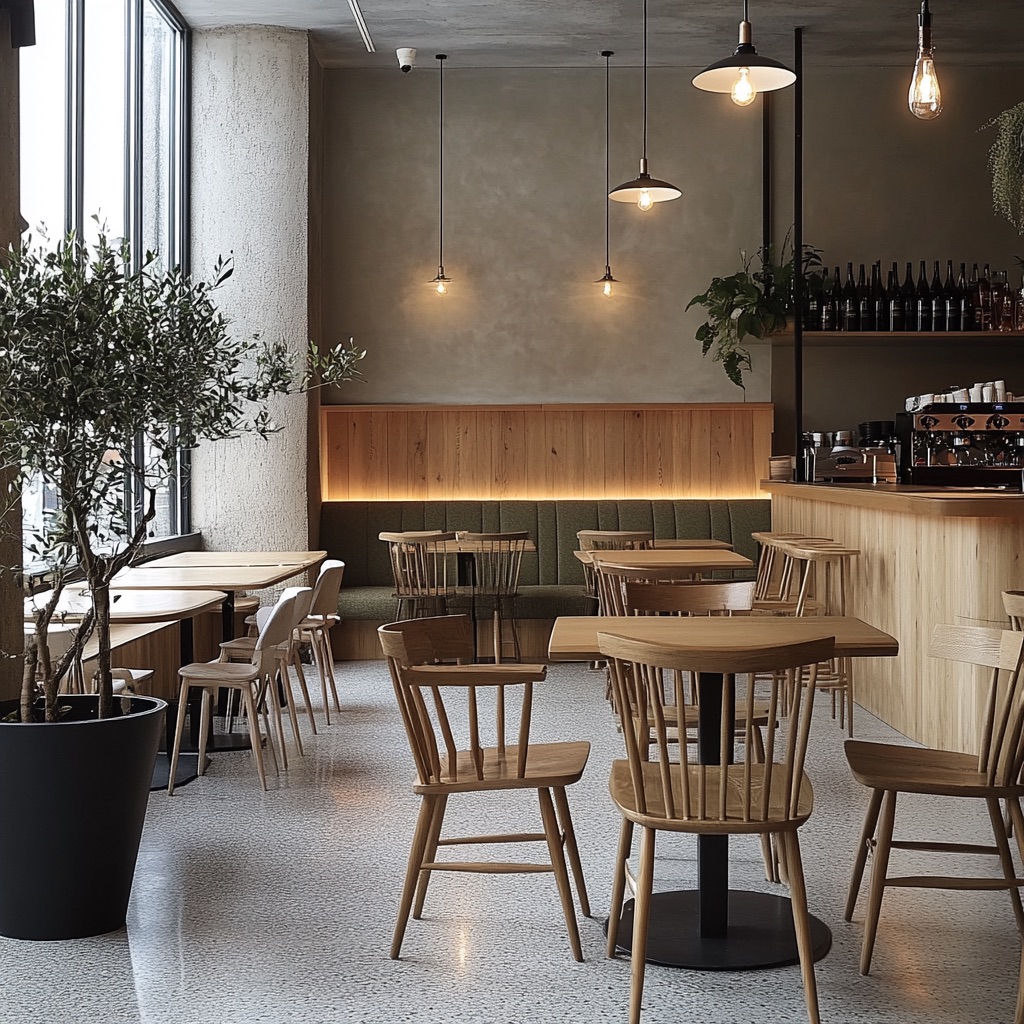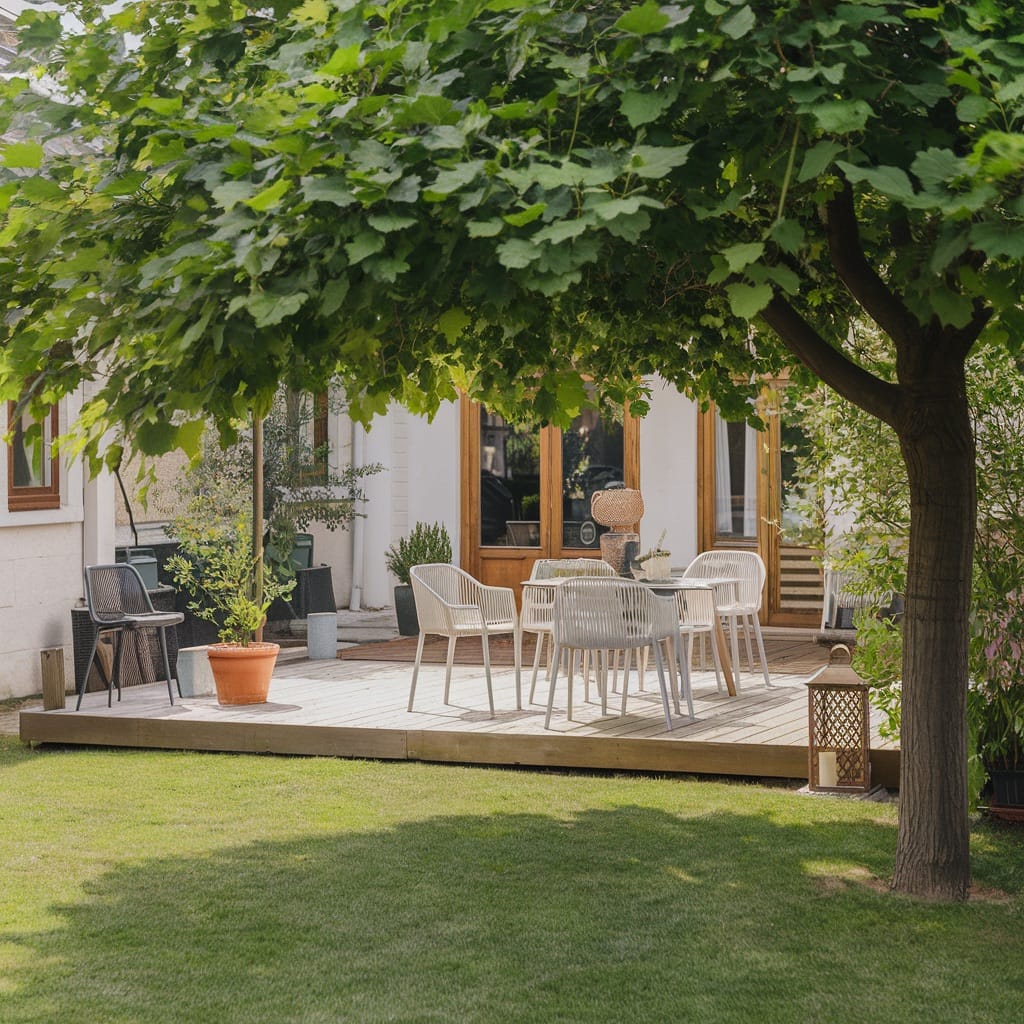Last updated on
Living a clutter-free life is not only beneficial for our physical space, but it also has a positive impact on our mental and emotional well-being. Clutter can cause stress and anxiety and make us feel overwhelmed.
Decluttering can be daunting as we accumulate things over time, but it is achievable with the right approach and mindset. This guide will share some helpful decluttering tips to help you live a clutter-free life.
Declutter One Area at a Time
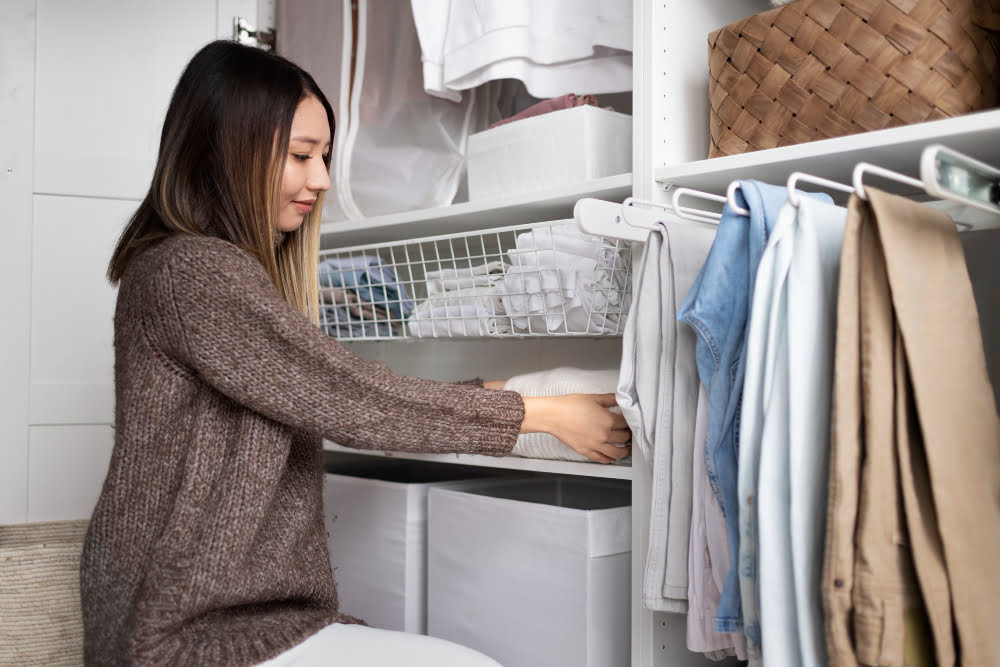
Approaching decluttering one area at a time can prevent the process from becoming overwhelming and help maintain focus. For example, you might start with the bedroom, where old, unused items often accumulate. An important aspect to consider here is the disposal of large items like mattresses.
If you have an old mattress in your home, consider recycling it rather than sending it to a landfill. You can recycle your old mattress in Hutto, for instance, by contacting a local recycling center or company. By doing so, you are decluttering your space and contributing to reducing waste and preserving the environment.
Sort into Categories
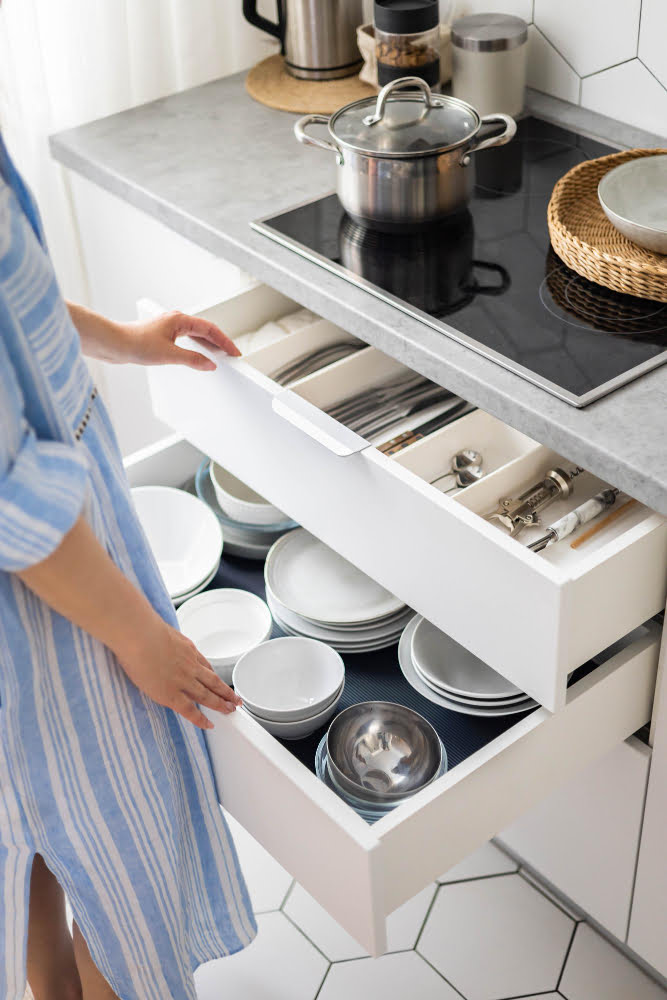
This process involves grouping similar items, such as clothes, kitchen utensils, books, and so forth, making it easier to assess what you have and decide what to keep, donate, or discard. For instance, if you have a pile of books, you might realize you have multiple copies of a single title or books you do not intend to read again. This awareness can make you decide to let go easier.
Remember, the goal is to maintain only items that serve a purpose or bring joy. Items that haven’t been used in a long time and do not hold significant sentimental value should be considered for removal. As you sort, ask yourself if each item is something you need, use regularly, or love. It might be time to say goodbye if it doesn’t fit the categories.
Use the KonMari Method

The KonMari Method, developed by Marie Kondo, is a systematic approach to decluttering that encourages one to keep only items that “spark joy.” The process begins by gathering every item in a specific category, then holding each one and asking if it sparks joy. If the answer is yes, the item is kept. If not, it is thanked for its service before being discarded.
This mindful approach not only helps declutter the physical space but also enables one to understand and appreciate the value of each possession. By adopting the KonMari Method, you can transform your cluttered space into an environment that reflects the things you truly cherish.
Set Limits and Be Realistic
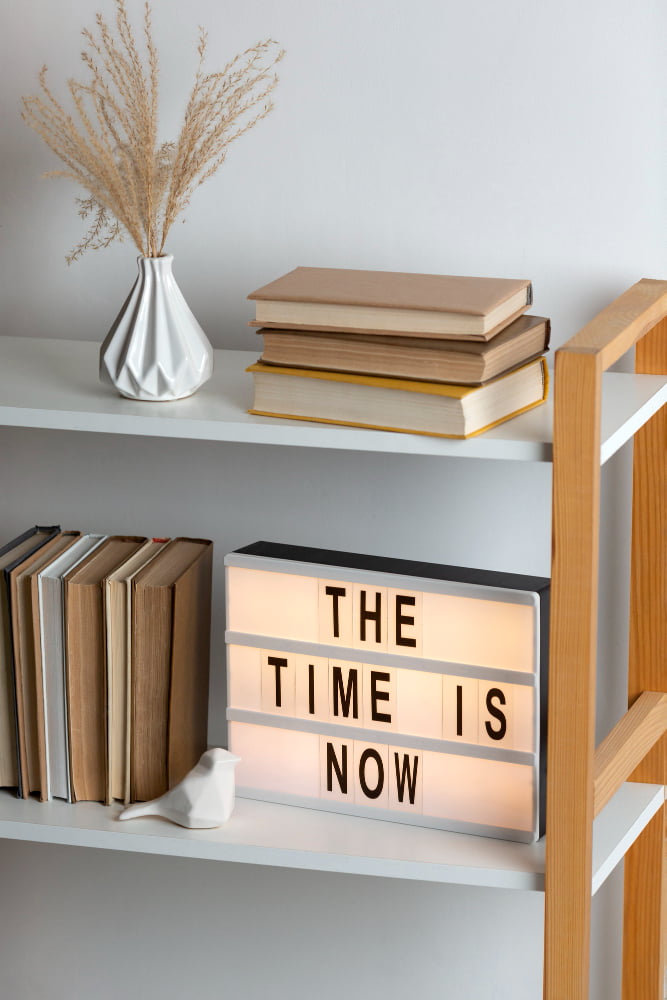
This involves setting a limit to the number of items that you can own in a particular category. For example, you could keep only 30 books, 50 pieces of clothing, or ten pairs of shoes. When you receive or purchase a new item, you must remove an old one to stay within your limit. This practice enforces discipline and prevents unnecessary accumulation.
However, being realistic about what you can let go of is also crucial. Holding onto sentimental items is understandable, but try to limit yourself to a certain number or find ways to store them that are not taking up valuable space. Remember, the goal is not to eliminate everything but to create a space promoting calmness and positivity.
5. Utilize Storage Solutions
Utilizing storage solutions is another effective way to maintain a clutter-free environment. Items like storage bins, shelves, or baskets can be used to organize and categorize your belongings, making them easily accessible and preventing a buildup of clutter. Invest in multi-purpose furniture with built-in storage for optimal utilization of space.
Ensure everything has a designated place, making returning items to their correct spot after use easier. This approach will also make it easier to track what you own, thereby preventing the unnecessary accumulation of duplicate items. By implementing appropriate storage solutions, you can maintain an organized and clutter-free space, enhancing your home’s overall functionality and aesthetics.
6. Donate or Sell Unwanted Items
Rather than throwing away unwanted items, consider donating or selling them. Items that are in good condition but no longer serve a purpose in your home can be donated to local charities, community centers, or thrift stores. Selling items through online platforms like eBay, Facebook Marketplace, or Craigslist.
This not only helps you declutter your space but also aids in reducing waste and can potentially provide some additional income. Remember, one person’s clutter can be another’s treasure. This approach ensures a win-win situation where you achieve a clutter-free space, and someone else benefits from your unused items.
Following these decluttering tips can create a clutter-free living space and improve your well-being. Approach decluttering with patience and determination, as it may take time and effort.
The result of a peaceful, organized home is worth it. Start small, one area at a time, and see the positive impact on your life. Living clutter-free is an ongoing process, so regularly re-evaluate and declutter to maintain an organized environment.
Recap:


